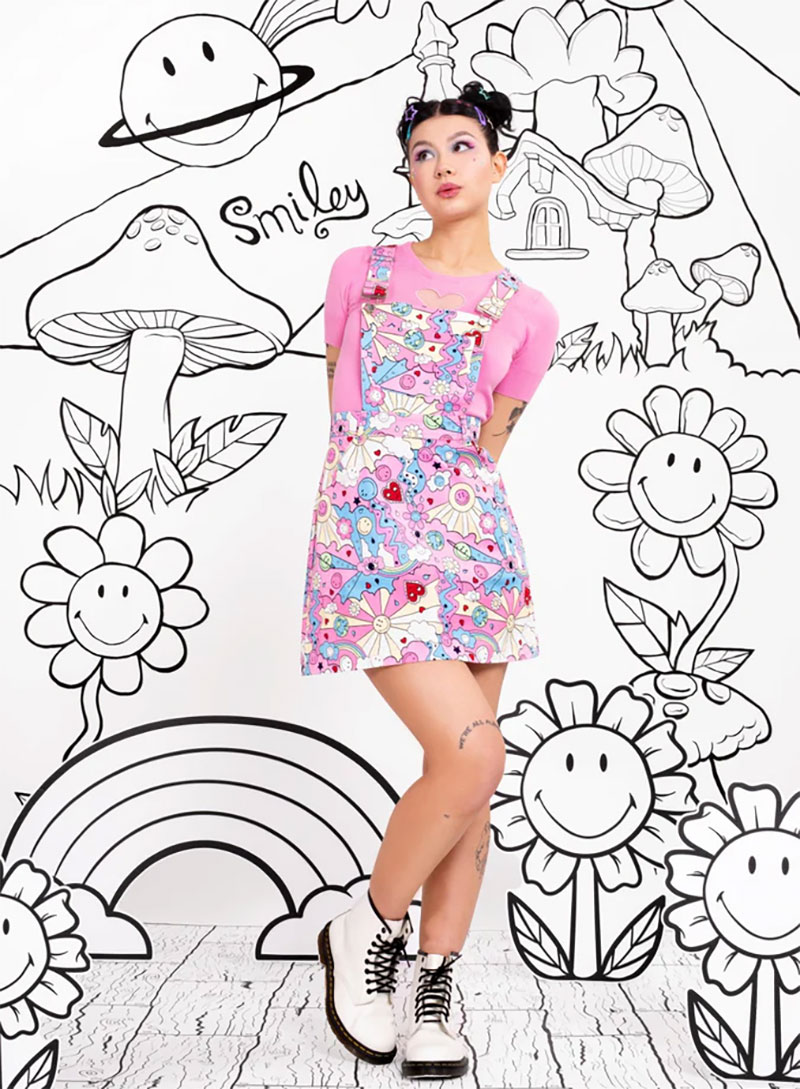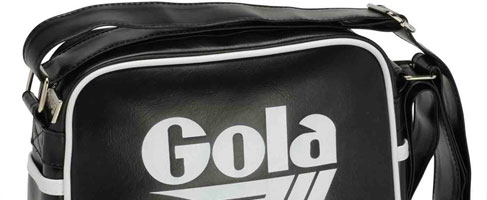Christmas Greetings!
If you haven’t already check out the Atom Retro Christmas Shop here.
Christmas cards have become an integral part of Yuletide celebrations, the perfect way to extend seasons greetings and well wishes to friends and family. Its well over 150 years since the first card was sent, during the Victorian period, a time when Christmas festivities began to be shaped into the kind of celebration we recognise today.
Queen Victoria herself became significant in the fermenting of new British Christmas traditions. Born to a German mother and married to a German Prince Albert, Victoria helped to bring German traditions over to Britain. Victoria’s family popularized the Christmas tree and gave each other Christmas cards while encouraging their children to create cards of their own.
The imagery of Christmas was also being moulded by Victorian England’s most famous writer Charles Dickens. In addition to the ever popular “A Christmas Carol”, Dickens wrote Christmas themed stories for the magazines he published. Earning him the monicker of ‘the man who invented Christmas’, Dickens’ portrayals of ice and snow at Christmas time, combined with turkey dinners, family celebrations, and boozy revelry set the stage for modern seasonal celebrations.

However neither Victoria nor Dickens were responsible for sending the first commercial card, that honour would instead go to Henry Cole; a prominent civil-servant, educator, inventor and the first director of London’s Victoria & Albert Museum. Cole was instrumental in reforming the British postal service during the 1840s, helping to set up the Uniform Penny Post which encouraged sending seasons greetings via decorated letter heads. Cole sought an alternative more time efficient solution and turned to John Callcott Horsley to illustrate the idea.
Combining messages of celebration and charity, Horsley’s design depicted three generations of the Cole family raising a festive toast surrounded by a decorative trellis and scenes depicting acts of giving. Cole commissioned a printer to transfer Horsley’s design onto card, printing a thousand copies which could be personalised with a hand written greeting. The card was published and offered for sale at a shilling each, which was expensive at the time and perhaps explains a lack of appetite from the buying public. The appetite would certainly increase for that initial run of Christmas cards, with one of Cole’s first cards selling at auction in 2013 for £22.000.

Due to the high cost of Cole’s initial run of cards, it would take around twenty years for the commercial Christmas card to take off. The growing commercialisation of Christmas thanks to Victoria’s trees and Dickens’ celebrations would increasingly be joined by the growing ubiquity of Christmas cards.
A pivotal year in the growing popularity of cards in both the US and UK is 1875, when Louis Prang became the first to manufacture a Christmas card in the United States, using a newer, less costly technology, chromolithography. By 1881, Prang was reportedly printing five million Christmas cards a year.

Initially cards contained flowers or landscapes joined by a Christmas greeting before gradually giving way to the more traditional Christmas fare synonymous with contemporary cards. Gradually certain designs began to appear that to modern audiences would seem slightly bizarre or even creepy. However what was clear that by the dawn of the 20th Century the Christmas card was here to stay.

For some reason dead Robins appeared to become something of a Victorian tradition.

Krampus has thankfully given way to Father Christmas since Victorian times.

A murderous theiving toad seems an unusal message to send at a festive time of year.

Childrens Christmas entertainment has thankfully moved on since Victorian times.

Snowy Christmas scenes could sometimes include the unexpected for a Yuletide greeting.

This turnip-man is possibly the most bizarre of all.
Thankfully today Christmas cards are designed to bring joy rather than distress, and it is on that note we’ll wish you a very Merry Christmas and Happy New Year.
If you haven’t already check out the Atom Retro Christmas Shop here.








